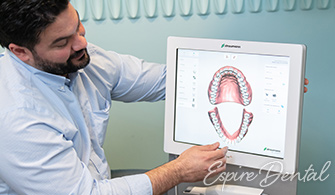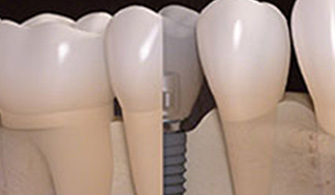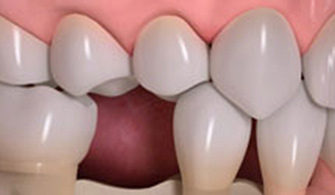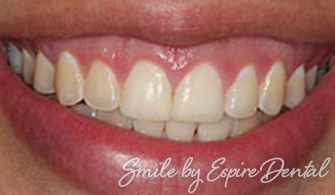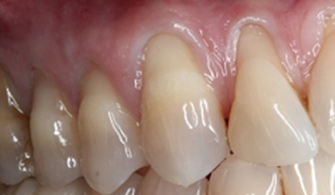
What is Periodontal disease?
Periodontal disease is an infection of the tissues that support your teeth. Some of the symptoms include:
- Bad breath that won’t go away
- Red or swollen gums
- Tender or bleeding gums
- Painful chewing
- Loose teeth
- Sensitive teeth





